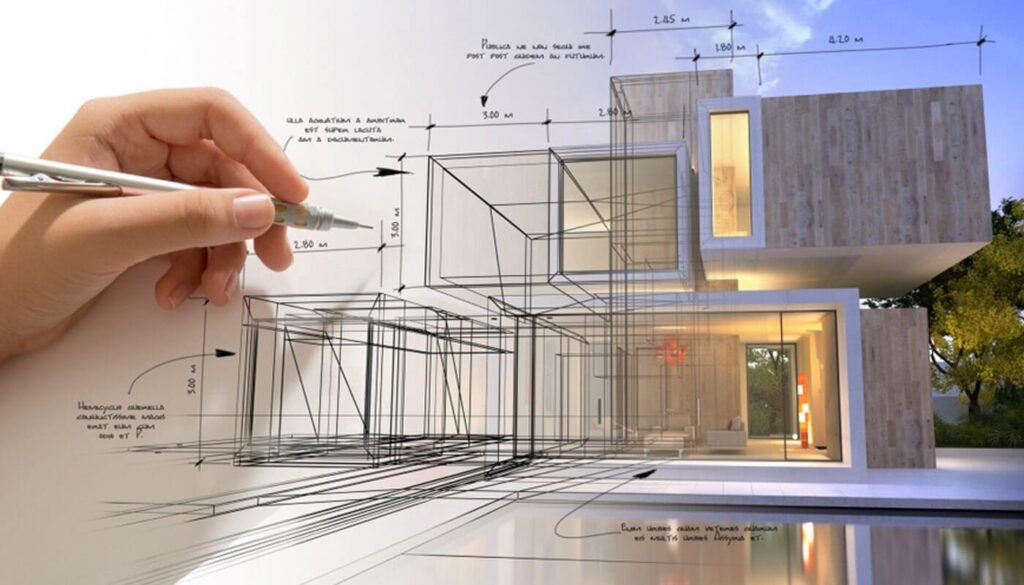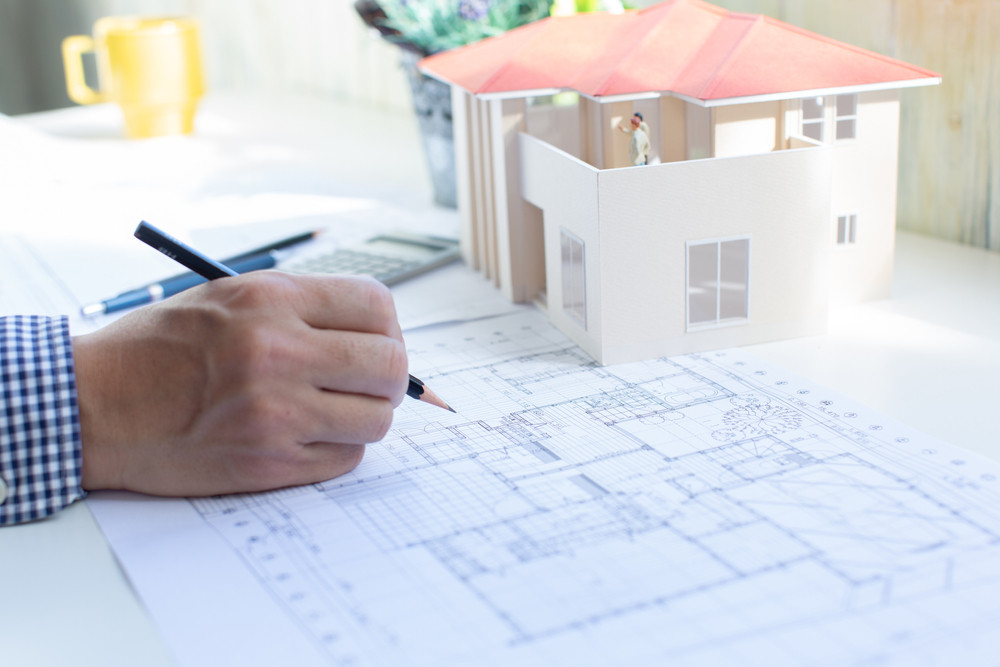The Necessary Duty of a Designer fit Sustainable Urban Settings for Future Generations
The role of a designer in crafting sustainable city environments is increasingly critical in reacting to the challenges of environment change and urbanization. By flawlessly integrating environmental principles into their layouts, designers not just enhance the visual and useful quality of city spaces however additionally address pressing problems such as energy performance and social equity.

Recognizing Sustainable Urban Style
Lasting urban layout incorporates eco-friendly principles with city preparation to develop environments that are not only habitable but additionally durable. This approach emphasizes the significance of including all-natural systems into the metropolitan textile, guaranteeing that growth meets the requirements of the existing without jeopardizing the capacity of future generations to satisfy their very own demands. Crucial element of lasting urban layout include effective land use, the promotion of biodiversity, and the integration of eco-friendly rooms, all of which add to enhanced high quality of life for citizens.
Additionally, sustainable urban design prioritizes the decrease of the urban heat island impact, improved air quality, and reliable stormwater management. It encourages making use of renewable energies and energy-efficient structure methods, which considerably reduced carbon footprints. Lasting metropolitan design fosters social equity by producing easily accessible public spaces and advertising mixed-use advancements that provide to diverse populations.
With thoughtful planning and ingenious layout approaches, sustainable metropolitan environments can improve neighborhood strength versus climate change while promoting economic advancement. This all natural approach not just addresses immediate city challenges however additionally lays the foundation for much healthier, more lasting cities for generations to come.
Secret Obligations of Architects
Engineers play a pivotal function in forming sustainable urban environments by equating layout principles into tangible frameworks and rooms. Their duties include a variety of tasks that add to the general success of urban design tasks.
Firstly, designers perform extensive site analyses to recognize the ecological, social, and cultural context of their tasks. This foundational expertise notifies their design decisions, guaranteeing that buildings integrate with their surroundings. cda architects. They also participate in collective procedures with stakeholders, consisting of city organizers, designers, and the neighborhood, fostering a comprehensive strategy to urban advancement
Furthermore, designers are entrusted with producing layouts that maximize power effectiveness, source preservation, and performance. They should comply with neighborhood zoning legislations, constructing codes, and sustainability certifications, making certain compliance while pushing the limits of advancement.
In addition, engineers are in charge of managing the style procedure, collaborating with various experts throughout the building and construction stage to ensure that the vision is recognized properly. Eventually, their duty is not solely about appearances; it is concerning creating resistant, flexible rooms that boost the lifestyle for existing and future generations, preparing for lasting metropolitan living.
Ingenious Materials and Techniques
In the quest of ecologically liable design, innovative products and strategies have arised as crucial aspects in the creation of sustainable city settings. Architects are progressively using materials that reduce ecological effect while enhancing power efficiency. For example, recycled materials, such as recovered wood and repurposed metals, not only reduce waste but likewise add unique visual high qualities to frameworks.
In addition, developments in technology have actually brought about the growth of high-performance products, such as shielded concrete kinds (ICFs) and photovoltaic glass, which contribute to energy conservation and harness renewable resource. cda architects. Techniques such as passive solar layout and environment-friendly roofings further exemplify exactly how architecture can harmonize with all-natural systems, reducing reliance on fabricated heating & cooling
Moreover, the combination of smart materials, which adapt to ecological modifications, offers appealing avenues for enhancing structure efficiency. These materials can reply to temperature changes or moisture levels, optimizing convenience and sustainability.
Inevitably, the tactical selection and application of ingenious products and methods encourage architects to develop metropolitan spaces that are not only useful and visually pleasing however also durable and eco accountable, ensuring a lasting future for generations to find.

Area Involvement and Partnership
The success of cutting-edge products and techniques in lasting urban design is considerably enhanced by energetic neighborhood interaction and collaboration. Architects have to acknowledge that the built environment profoundly impacts the lives of regional homeowners, making it critical to include them in the design process. Involving the community promotes a sense of possession and accountability, making sure that advancements not just fulfill visual and functional needs yet also mirror the values and aspirations of those that occupy them.
Collaboration with varied stakeholders-- consisting of local governments, top article environmental groups, and locals-- enables engineers to gather beneficial insights and comments. This inclusive technique can cause more lasting options that resolve details area difficulties, such as access, eco-friendly rooms, and energy performance. In addition, by facilitating workshops and public discussion forums, engineers can cultivate dialogue and understanding, which eventually enhances the design see here procedure.
Successful community involvement likewise helps in focusing on social equity within urban growth. By taking into consideration the voices of marginalized populations, architects can produce spaces that are comprehensive and fair. By doing this, community involvement and cooperation come to be essential to achieving genuinely sustainable metropolitan atmospheres that offer the requirements of present and future generations.
Future Trends in Lasting Design

In addition, advancements in technology are shaping future trends in lasting architecture. The combination of clever materials and structure systems enables real-time energy administration, boosting performance and reducing carbon footprints. Technologies such as green roofings, living wall surfaces, and energy-generating facades are becoming Continue typical practices, further promoting ecological balance within city settings.
Moreover, a shift towards biophilic style is obtaining grip, emphasizing the connection in between nature and human well-being. By including all-natural elements, designers produce areas that cultivate mental wellness while advertising biodiversity.
Conclusion
In conclusion, architects are pivotal ahead of time sustainable city settings via their competence in design, cutting-edge products, and community interaction. By focusing on power efficiency and source conservation, these experts add to the production of resistant metropolitan areas that satisfy the needs of existing and future generations. The integration of environmental concepts not just enhances livability but likewise fosters social equity, guaranteeing developments reverberate with the worths and goals of the areas they serve.